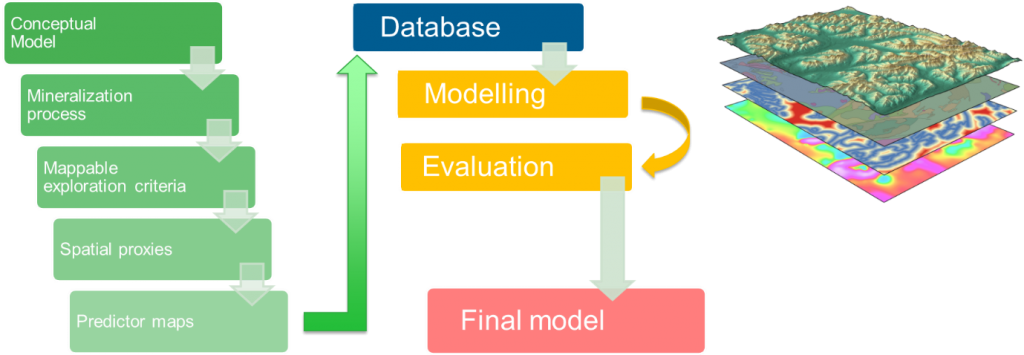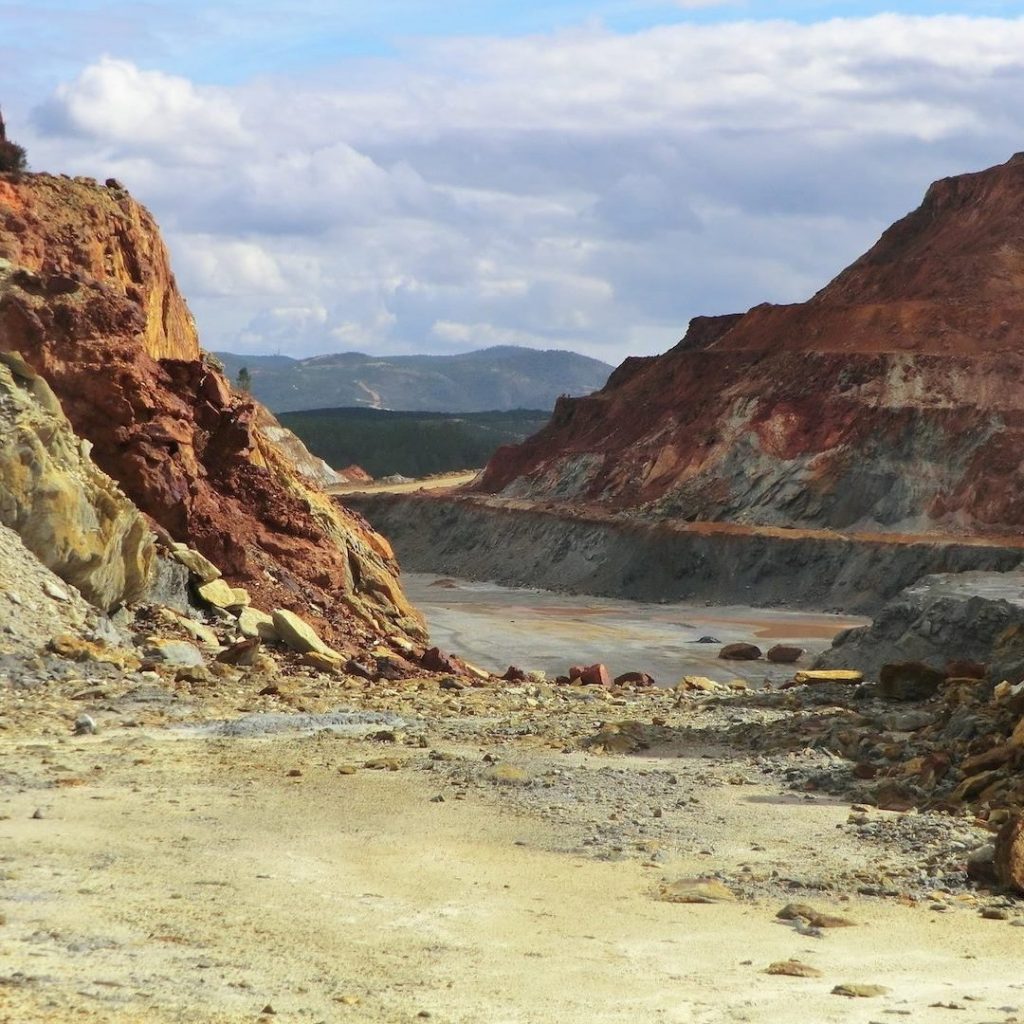A new GIS-based toolbox to boost prospectivity modelling
Authors: Melanie Brandmeier, Irving Gibran Cabrera Zamora, Vesa Nykänen, Maarit Middleton
With the spread and development of human civilizations there is a growing demand for raw materials and therefore a need for successful mineral exploration.
Over the past decades, many different knowledge and data-driven methods for GIS-based prospectivity modelling have been developed (Fig. 1). Particularly machine-learning approaches have evolved rapidly and are applied successfully to many data science problems.

In a recent paper (Brandmeier et al. 2019), we introduce a new toolbox for ArcGIS that provides the most up-to-date machine-learning algorithms for prospectivity modelling as well as several preprocessing and evaluation tools.
The integration into the ArcGIS platform allows a streamlined workflow for industry, from modelling to ground-truthing and mobile data collection in the field. This is achieved by synchronizing results with mobile apps such as Collector for ArcGIS to use results directly during fieldwork and to add data into the database.
Besides algorithms like Support Vector Machines, Logistic Regression and Random Forests, Boosting algorithms were implemented and tested for performance, processing time and robustness on a dataset from the Iberian Pyrite Belt (IPB). The IPB is very well suited for testing the algorithms as there are many known deposits such as the mine of Río Tinto (Fig. 1) that can be used to train the algorithms.

All machine-learning algorithms performed very well on the test data, especially the Boosting and Random Forest algorithms.
The new tools are a good data-driven alternative to other methods for prospectivity modelling. Boosting algorithms can be easily applied due to only few parameters that need to be tuned and perform well even with only few samples to train on.
THE FULL ARTICLE IS AN OPEN-ACCESS PUBLICATION
The Experimental tools are included in a new version of the Spatial Data Modeler ArcSMD5 toolbox running on the ArcMap (10.4 and 10.5) and ArcPro.





